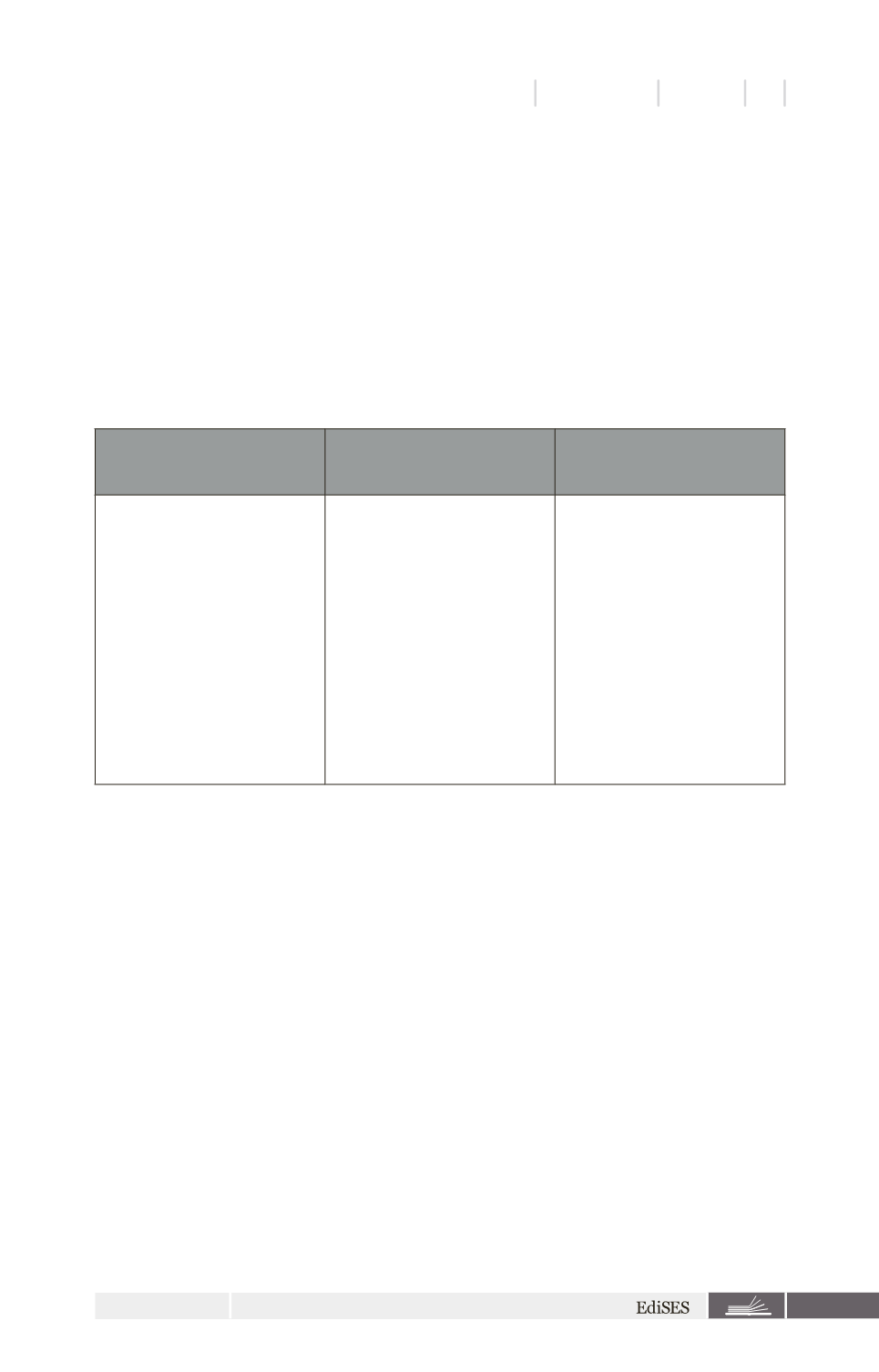

www.
edises
.it
Chapter Two
Planning
75
able to contribute to the achievement of the speciic objectives to
expand the training offer; this will support the methodology/didac-
tics research, encourage the development of new technologies, of
methods of evaluation and self-evaluation, of the documentation;
this will help each school institution to achieve a more “speciic”
cultural and social identity.
The main guidelines that should guide the teachers’ colleges in au-
tonomously drawing up their curricular proposals can be summarised
as below:
Flexibility
Sharing responsibilities
Integration
Understood as the abili-
ty to modulate within a
uniied design: curric-
ulum, stafing level, ad-
aptation of school time,
modular didactics, cus-
tomised courses.
Choices refer to the
Plan of the Teaching Of-
fer, the methodological
- didactical research, the
internal self-evaluation
system.
Ability to place itself
within a versatile edu-
cational system; have
interactive relationships
with the territory, being
able to form networks
between schools, and
relationships with the
public and private enti-
ties to enrich the train-
ing offer.
Each school will also work well during the extra-school schedule, link-
ing itself to the territorial centres, such as the cultural agency for
lifelong learning
, for training and requaliication of adults, in collabo-
ration with the labour market. This will allow educational institutions
to increase the “service” character on the territory and to take part
in the fulilment of equal opportunities for every individual, through
proposals for education, training, new technologies, contact with the
labour market and social activities.
2.5
TheMetacognitive curriculum
We have already underlined that the teaching and learning of meta-
cognitive strategies, desirable in a modern and effective school, must
be placed inside the methods of teaching, the school planning and
the supervision of processes.
















